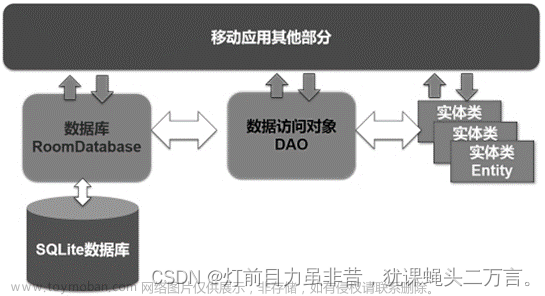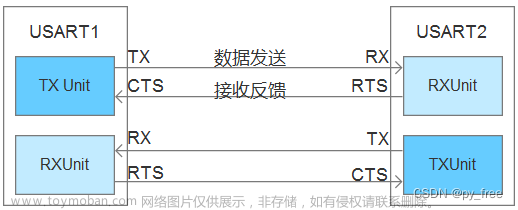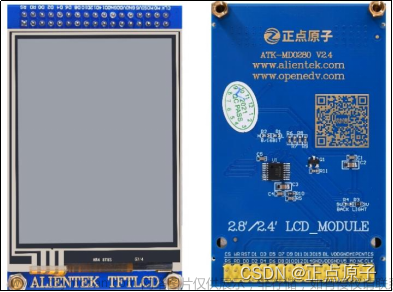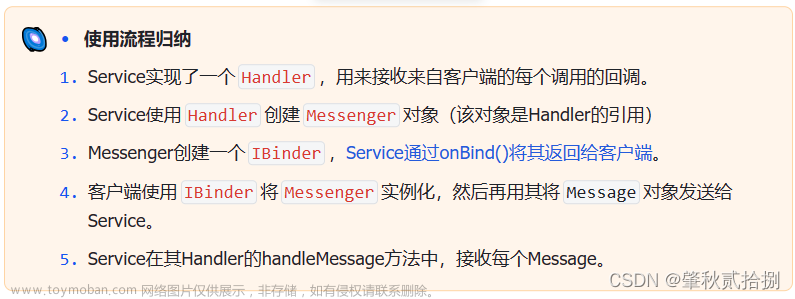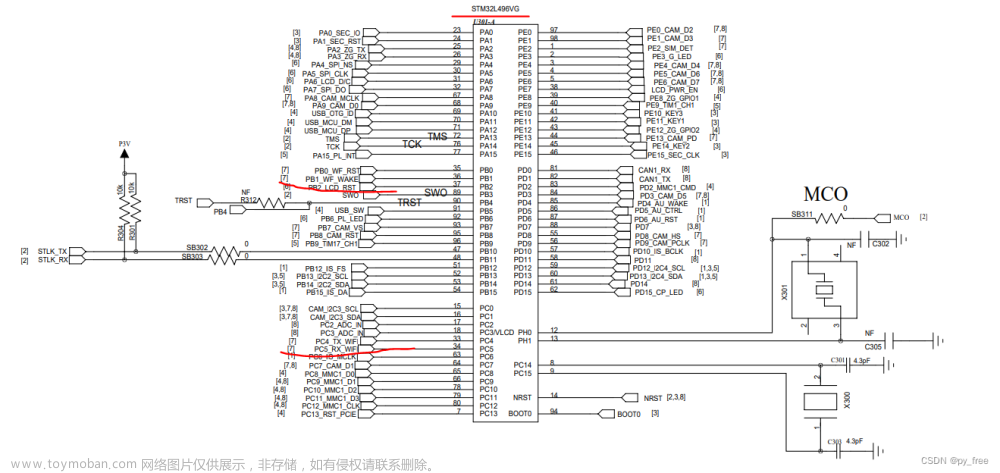1. ActivityGroup
1.1 知识点
(1)了解ActivityGroup的作用;
(2)使用ActivityGroup进行复杂标签菜单的实现;
(3)使用PopupWindow组件实现弹出菜单组件开发;
1.2 具体内容




<LinearLayout xmlns:android="http://schemas.android.com/apk/res/android"
xmlns:tools="http://schemas.android.com/tools"
android:layout_width="match_parent"
android:layout_height="match_parent"
android:orientation="vertical"
tools:context=".ActivityGroupActivity" >
<LinearLayout
android:gravity="center_horizontal"
android:layout_width="match_parent"
android:layout_height="wrap_content"
>
<TextView android:id="@+id/cust_title"
android:textSize="28sp"
android:text="ActivityGroup实现分页导航"
android:layout_width="wrap_content"
android:layout_height="wrap_content"
/>
</LinearLayout>
<!-- 中间动态加载的View -->
<ScrollView
android:measureAllChildren="true"
android:id="@+id/containerBody"
android:layout_weight="1"
android:layout_height="fill_parent"
android:layout_width="fill_parent"
></ScrollView>
<LinearLayout
android:background="@android:color/black"
android:layout_gravity="bottom"
android:orientation="horizontal"
android:layout_height="wrap_content"
android:layout_width="fill_parent"
>
<!-- 导航按钮1 -->
<ImageView
android:id="@+id/img1"
android:src="@android:drawable/ic_dialog_dialer"
android:layout_marginLeft="7dp"
android:layout_marginTop="3dp"
android:layout_marginBottom="3dp"
android:layout_height="wrap_content"
android:layout_width="wrap_content"
/>
<!-- 导航按钮2 -->
<ImageView
android:id="@+id/img2"
android:src="@android:drawable/ic_dialog_info"
android:layout_marginLeft="7dp"
android:layout_marginTop="3dp"
android:layout_marginBottom="3dp"
android:layout_height="wrap_content"
android:layout_width="wrap_content"
/>
<!-- 导航按钮3 -->
<ImageView
android:id="@+id/img3"
android:src="@android:drawable/ic_dialog_alert"
android:layout_marginLeft="7dp"
android:layout_marginTop="3dp"
android:layout_marginBottom="3dp"
android:layout_height="wrap_content"
android:layout_width="wrap_content"
/>
</LinearLayout>
</LinearLayout>
package com.example.activitygroupproject;
import android.app.ActivityGroup;
import android.content.Intent;
import android.os.Bundle;
import android.view.View;
import android.view.View.OnClickListener;
import android.view.Window;
import android.widget.ImageView;
import android.widget.ScrollView;
public class ActivityGroupActivity extends ActivityGroup {
ScrollView container =null;
@Override
protected void onCreate(Bundle savedInstanceState) {
super.onCreate(savedInstanceState);
requestWindowFeature(Window.FEATURE_NO_TITLE);//隐藏标题栏
setContentView(R.layout.activity_activity_group);
container = (ScrollView) super.findViewById(R.id.containerBody);
//导航1
ImageView img1= (ImageView) super.findViewById(R.id.img1);
img1.setOnClickListener(new OnClickListener() {
@Override
public void onClick(View v) {
container.removeAllViews();//清空子View
container.addView(getLocalActivityManager().startActivity("Module1",
new Intent(ActivityGroupActivity.this,ModuleView1.class)
.addFlags(Intent.FLAG_ACTIVITY_CLEAR_TOP)).getDecorView());
}
});
//导航2
ImageView img2= (ImageView) super.findViewById(R.id.img2);
img2.setOnClickListener(new OnClickListener() {
@Override
public void onClick(View v) {
container.removeAllViews();//清空子View
container.addView(getLocalActivityManager().startActivity("Module2",
new Intent(ActivityGroupActivity.this,ModuleView2.class)
.addFlags(Intent.FLAG_ACTIVITY_CLEAR_TOP)).getDecorView());
}
});
//导航3
ImageView img3= (ImageView) super.findViewById(R.id.img3);
img3.setOnClickListener(new OnClickListener() {
@Override
public void onClick(View v) {
container.removeAllViews();//清空子View
container.addView(getLocalActivityManager().startActivity("Module3",
new Intent(ActivityGroupActivity.this,ModuleView3.class)
.addFlags(Intent.FLAG_ACTIVITY_CLEAR_TOP)).getDecorView());
}
});
}
}
下面是子Activity的布局和文件:
<RelativeLayout xmlns:android="http://schemas.android.com/apk/res/android"
xmlns:tools="http://schemas.android.com/tools"
android:layout_width="match_parent"
android:layout_height="match_parent"
android:paddingBottom="@dimen/activity_vertical_margin"
android:paddingLeft="@dimen/activity_horizontal_margin"
android:paddingRight="@dimen/activity_horizontal_margin"
android:paddingTop="@dimen/activity_vertical_margin"
tools:context=".ModuleView1" >
<TextView
android:layout_width="wrap_content"
android:layout_height="wrap_content"
android:text="第一个Module" />
</RelativeLayout>
package com.example.activitygroupproject;
import android.os.Bundle;
import android.app.Activity;
import android.view.Menu;
public class ModuleView1 extends Activity {
@Override
protected void onCreate(Bundle savedInstanceState) {
super.onCreate(savedInstanceState);
setContentView(R.layout.activity_module_view1);
}
}
共有三个子Activity,其余两个类似,就只写一个。
以下实现目前非常流行的标签页实现形式FragmentTabHost+ViewPager。
主布局:
<LinearLayout xmlns:android="http://schemas.android.com/apk/res/android"
xmlns:tools="http://schemas.android.com/tools"
android:layout_width="match_parent"
android:layout_height="match_parent"
android:orientation="vertical"
tools:context=".FragmentTabHostActivity" >
<android.support.v4.view.ViewPager
android:id="@+id/pager"
android:layout_width="match_parent"
android:layout_height="0dp"
android:layout_weight="1"
/>
<FrameLayout
android:visibility="gone"
android:layout_width="match_parent"
android:layout_height="0dp"
android:layout_weight="1"
/>
<android.support.v4.app.FragmentTabHost
android:id="@android:id/tabhost"
android:layout_width="match_parent"
android:layout_height="wrap_content"
>
<FrameLayout
android:id="@android:id/tabcontent"
android:layout_width="0dp"
android:layout_height="0dp"
android:layout_weight="0"
>
</FrameLayout>
</android.support.v4.app.FragmentTabHost>
</LinearLayout>
Activity:
package com.example.fragmenttabhost;
import java.util.ArrayList;
import java.util.List;
import android.R.color;
import android.os.Bundle;
import android.support.v4.app.Fragment;
import android.support.v4.app.FragmentActivity;
import android.support.v4.app.FragmentManager;
import android.support.v4.app.FragmentPagerAdapter;
import android.support.v4.app.FragmentTabHost;
import android.support.v4.view.ViewPager;
import android.support.v4.view.ViewPager.OnPageChangeListener;
import android.view.LayoutInflater;
import android.view.View;
import android.view.ViewGroup;
import android.widget.ImageView;
import android.widget.TabHost.OnTabChangeListener;
import android.widget.TabHost.TabSpec;
import android.widget.TabWidget;
import android.widget.TextView;
public class FragmentTabHostActivity extends FragmentActivity {
FragmentTabHost mTabHost = null;
LayoutInflater layoutInflater = null;
Class fragmentArray[] = {FragmentPage1.class,FragmentPage2.class,FragmentPage3.class};
int mImageViewArray[] = {android.R.drawable.ic_dialog_dialer,android.R.drawable.ic_dialog_info,android.R.drawable.ic_dialog_alert};
String mTextViewArray[] = {"首页","消息","好友"};
ViewPager vp;
List<Fragment> list = new ArrayList<Fragment>();
@Override
protected void onCreate(Bundle savedInstanceState) {
super.onCreate(savedInstanceState);
setContentView(R.layout.activity_fragment_tab_host);
//实例化组件
initView();
initPager();
}
public void initView(){
vp = (ViewPager) super.findViewById(R.id.pager);
vp.setOnPageChangeListener(new ViewPagerListener());
layoutInflater = LayoutInflater.from(this);//实例化布局对象
mTabHost = (FragmentTabHost) super.findViewById(android.R.id.tabhost);
mTabHost.setup(this,getSupportFragmentManager(),R.id.pager);//实例化FragmentTabHost对象
mTabHost.setOnTabChangedListener(new TabHostListener());
int count = fragmentArray.length;//获取子tab的个数
for(int i= 0;i<count;i++){
//为每一个Tab按钮设置图标文字和内容
TabSpec tabSpec = mTabHost.newTabSpec(mTextViewArray[i]).setIndicator(getTabItemView(i));
mTabHost.addTab(tabSpec,fragmentArray[i],null);//将子tab添加进TabHost
//设置按钮的背景
mTabHost.getTabWidget().getChildAt(i).setBackgroundResource(color.background_dark);
}
}
private void initPager(){
FragmentPage1 p1 = new FragmentPage1();
FragmentPage2 p2 = new FragmentPage2();
FragmentPage3 p3 = new FragmentPage3();
list.add(p1);
list.add(p2);
list.add(p3);
vp.setAdapter(new MyAdapter(getSupportFragmentManager()));
}
private View getTabItemView(int index){
View view = layoutInflater.inflate(R.layout.tabspec_layout, null);
ImageView img = (ImageView) view.findViewById(R.id.img);
img.setImageResource(mImageViewArray[index]);
TextView tv = (TextView) view.findViewById(R.id.tv);
tv.setText(mTextViewArray[index]);
return view;
}
class ViewPagerListener implements OnPageChangeListener{
@Override
public void onPageScrollStateChanged(int arg0) {
// TODO Auto-generated method stub
}
@Override
public void onPageScrolled(int arg0, float arg1, int arg2) {
// TODO Auto-generated method stub
}
@Override
public void onPageSelected(int arg0) {//根据焦点来确认切换到那个Tab
TabWidget widget = mTabHost.getTabWidget();
int oldFocusability = widget.getDescendantFocusability();
widget.setDescendantFocusability(ViewGroup.FOCUS_BLOCK_DESCENDANTS);
mTabHost.setCurrentTab(arg0);
widget.setDescendantFocusability(oldFocusability);
}
}
class TabHostListener implements OnTabChangeListener{
@Override
public void onTabChanged(String tabId) {
int position = mTabHost.getCurrentTab();
vp.setCurrentItem(position);
}}
class MyAdapter extends FragmentPagerAdapter{
public MyAdapter(FragmentManager fm) {
super(fm);
// TODO Auto-generated constructor stub
}
@Override
public Fragment getItem(int arg0) {
// TODO Auto-generated method stub
return list.get(arg0);
}
@Override
public int getCount() {
// TODO Auto-generated method stub
return list.size();
}
}
}
单个标签布局:
<?xml version="1.0" encoding="utf-8"?>
<LinearLayout xmlns:android="http://schemas.android.com/apk/res/android"
android:layout_width="match_parent"
android:layout_height="match_parent"
android:orientation="vertical" >
<ImageView
android:id="@+id/img"
android:layout_width="wrap_content"
android:layout_height="wrap_content"
android:padding="3dp"
/>
<TextView
android:id="@+id/tv"
android:layout_width="wrap_content"
android:layout_height="wrap_content"
android:textSize="10sp"
android:textColor="#FFFFFF"
/>
</LinearLayout>
单个fragment:
package com.example.fragmenttabhost;
import android.os.Bundle;
import android.support.v4.app.Fragment;
import android.view.LayoutInflater;
import android.view.View;
import android.view.ViewGroup;
public class FragmentPage1 extends Fragment {
@Override
public View onCreateView(LayoutInflater inflater,ViewGroup container,Bundle savedInstanceState){
return inflater.inflate(R.layout.fragment, null);
}
}
单个fragment布局:
<?xml version="1.0" encoding="utf-8"?>
<LinearLayout xmlns:android="http://schemas.android.com/apk/res/android"
android:layout_width="match_parent"
android:layout_height="match_parent"
android:orientation="vertical" >
<ImageView
android:layout_width="match_parent"
android:layout_height="match_parent"
android:src="@drawable/ic_launcher"
/>
</LinearLayout>
1.3 小结
(1)ActivityGroup可以让多个Activity在一个屏幕上集中显示;文章来源:https://www.toymoban.com/news/detail-725796.html
(2)通过PopupWindow组件可以实现弹出菜单的功能。文章来源地址https://www.toymoban.com/news/detail-725796.html
到了这里,关于Android组件通信——ActivityGroup(二十五)的文章就介绍完了。如果您还想了解更多内容,请在右上角搜索TOY模板网以前的文章或继续浏览下面的相关文章,希望大家以后多多支持TOY模板网!




